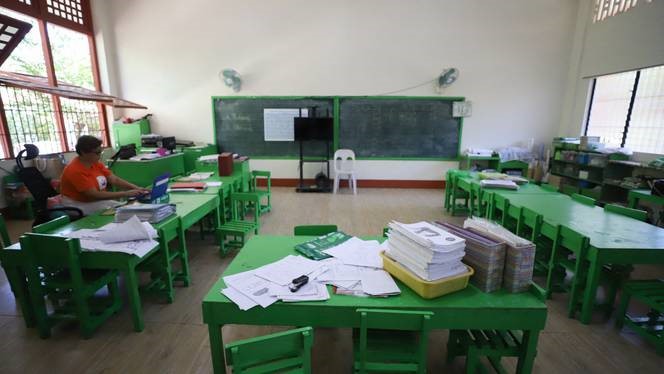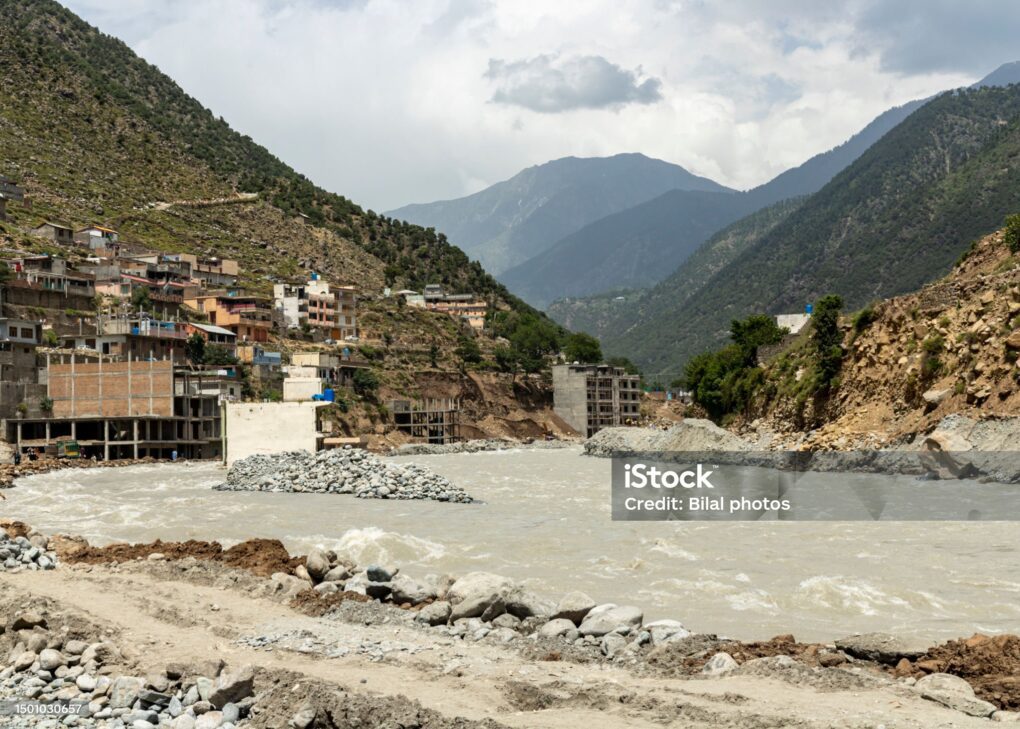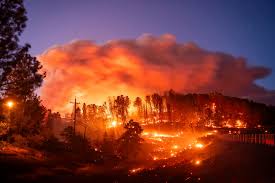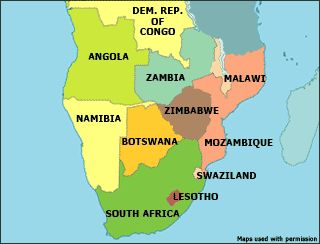Hundreds of schools were shut and classes were moved online in the Philippines due to extreme heat. The government has warned that temperatures could soar further this week in more than half of the country’s regions. The dangerous heatwave is putting children’s health and wellbeing at risk, with an urgent need for global leaders to act to combat the climate crisis to protect education, said Save the Children.
Temperatures in at least ten of the country’s 17 regions are expected to hit or exceed 42 °C by 4 April, about 20 % higher than normal for April, (or what the Philippine Atmospheric, Geophysical and Astronomical Services Administration (PAGASA) defines in its heatwave index as a ‘dangerous level’).
March, April and May are typically the hottest months in the Philippines but this year weather conditions have been exacerbated by the ongoing El Nino weather phenomenon which is expected to last until May. El Nino has warmed parts of the Pacific Ocean and has triggered extreme weather events such as heatwaves. According to IQAir, the heatwave is attributed to a combination of factors, including human-induced climate change and the El Niño event. This phenomenon has led to unprecedented high temperatures across the region.
Apart from the Philippines, other countries of the region such as Indonesia, Thailand, Myanmar, Vietnam, and Malaysia are also experiencing exceptionally hot weather, leading to school closures, drought, and an increased risk of wildfires.
There is currently no definitive end date projected, as an abatement to the heat will depend on factors such as weather patterns and mitigation efforts.




